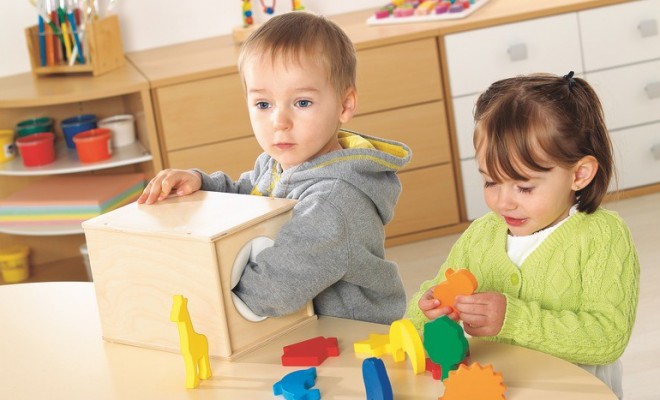
Childcare Activities
How Should We Encourage Sensory Play?
Children discover more about the world with every moment that passes. Guided by the eyes, voice and body language of their carer who encourages their experimentation, they will take their first steps towards tackling different environments.
Babies first awaken to the world through their encounters with auditory, tactile, gustatory, kinaesthetic, somesthetic, olfactory and visual stimuli.
These senses develop naturally but can be encouraged through education and sensory play. We first encounter the world through our senses and the development of said senses then leads to the formation of mental imagery. According to Jean Piaget, children first begin to construct mental images between the ages of one and two years old.
Most children engage in play before the age of two. Firstly, the auditory cortex experiences its peak growth period between the last trimester of pregnancy and the first year of the child’s life (from 3 to 12 months). It is strongly recommended that adults speak to their babies with a rich language, varying their tones and accent, alongside playing a variety of music. Babies are geniuses and they have infinite potential. Also with regards to sight, presenting a wide variety of visual stimuli to babies is essential, this is because of the density of the synapses in the visual system peak in children’s 10th month of growth.
Sensory Play: The Sense of Touch
‘We cannot overlook the sensory motor processes our children make! With the large discs on the ground and smaller disks for their hands, children can explore this product with their eyes open or closed.” – Mélanie Schneerson, practitioner of Psychomotricity
Activities including things like Tactile Disks develop the sense of touch through the discovery of different surfaces: smooth, rough, prickly, pitted. They also encourage a sense of balance as children walk across them, encouraging a connection between children’s sense of touch and vision. This product is a must-have for children on the autistic spectrum as it helps them develop this connection between sight and touch. It is useful for children of all ages, from those just learning to walk to those able to complete the course eyes closed.’
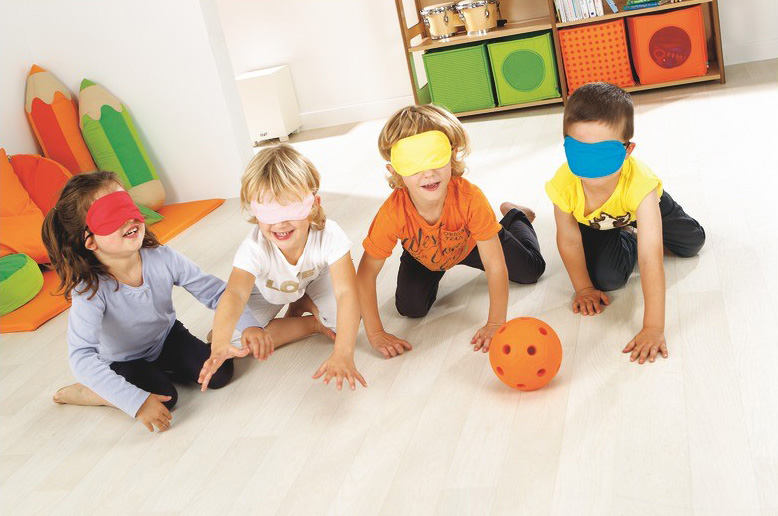
Learning through touching helps children to enrich and develop their tactile and visual senses, as well as fuelling language development through describing the pieces and the sensations they feel
1.Tactile Disks 2. The Object Box 3. Face Masks
Sensory Play: The Sense of Sight
‘Games based on observation make it possible, in a very playful way, for children aged 3 and above to practise spotting certain objects or patterns and enhance their visual skills. These are both important assets for when children learn to read.’ – Emanuelle Langlois, Practitioner of Psychomotricity
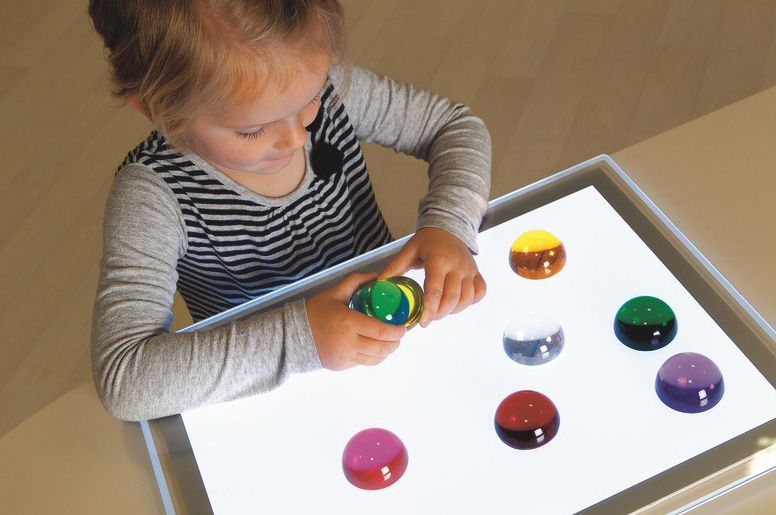
The light table has many possible uses, both for sensory activities and learning. It is best used in a dark room, in which it’s light will illuminate different materials such as sand, paint, coloured liquids, modelling clay, paper and more. The table allows parents to teach handwriting and art through the senses, the light emphasising any drawings or colours on its surface. The smooth glass surface allows for unlimited creativity and is also easy to maintain. Through light, toddlers can discover the joy both of playing with colours and a variety of materials. As the table works best in darkness, the lack of visual distractions also encourages children to be more attentive, stimulating all of their senses equally. It is a compact and evolutionary product that offers a magical, playful approach to learning. It can be used to enhance the senses, practise writing, counting, geometry, volume and more.
1. Small Association Memory Game 2. Light Board
Sensory Play: The Sense of Sound
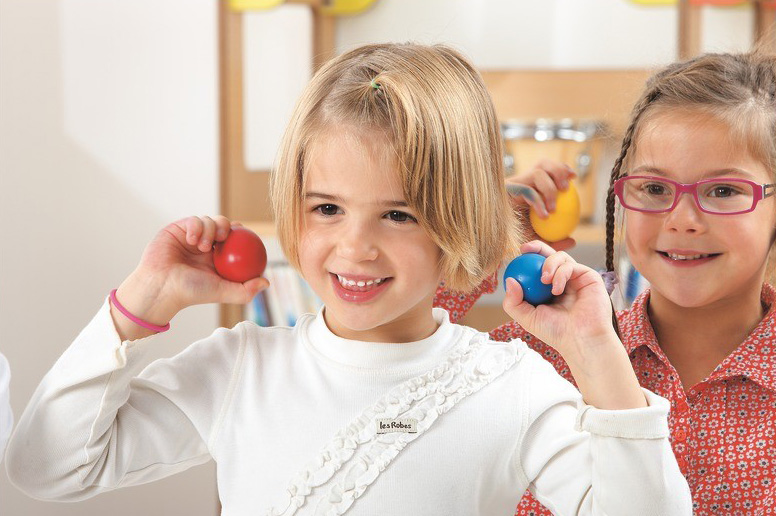
Toys such as sound boxes are an inclusive way of stimulating listening skills and are excellent stimuli even for the hearing-impaired.
1. Sound Eggs 2. Sound Cylinders 3. Sound Boxes
EYFS Developmental Milestones – Download Free eBook
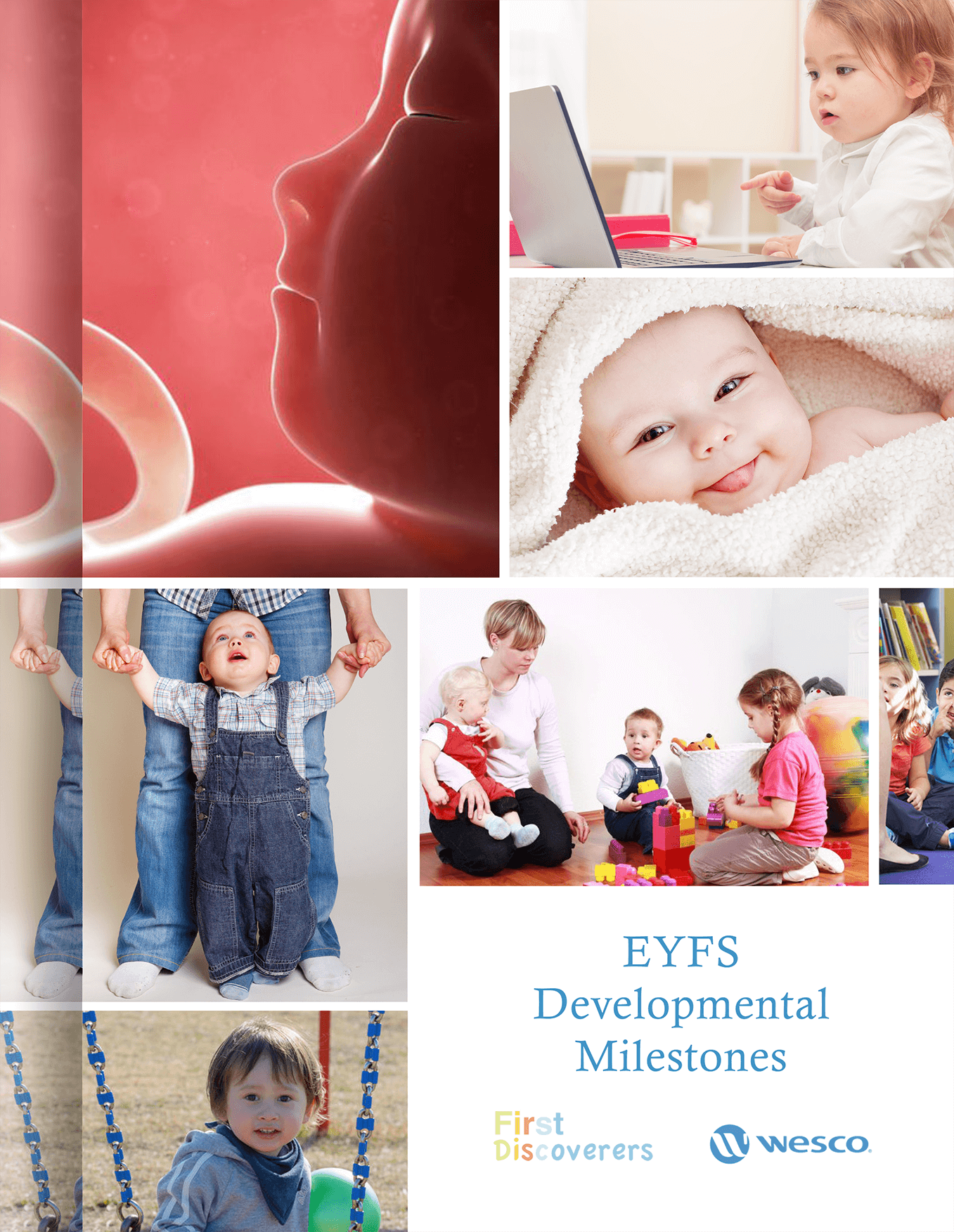


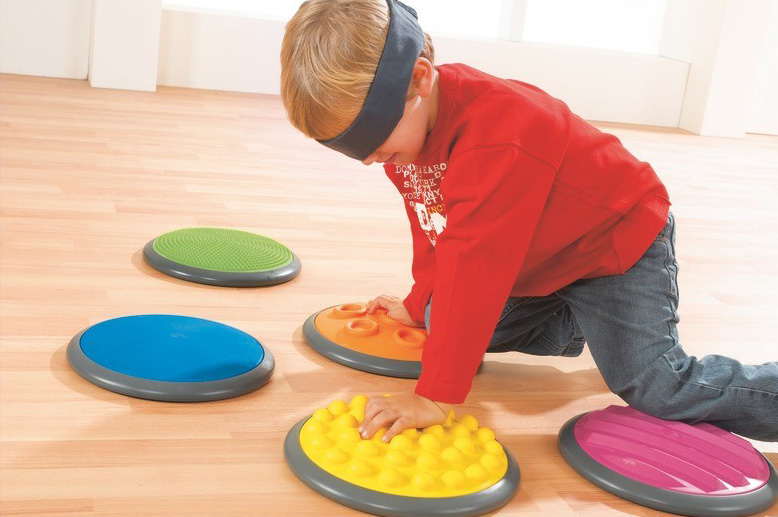



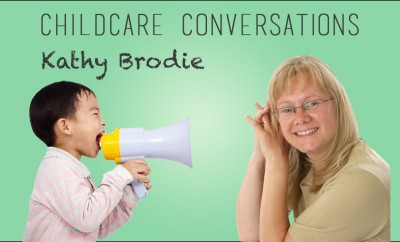
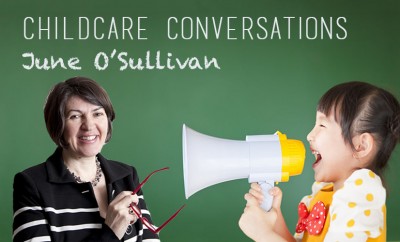

You must be logged in to post a comment Login